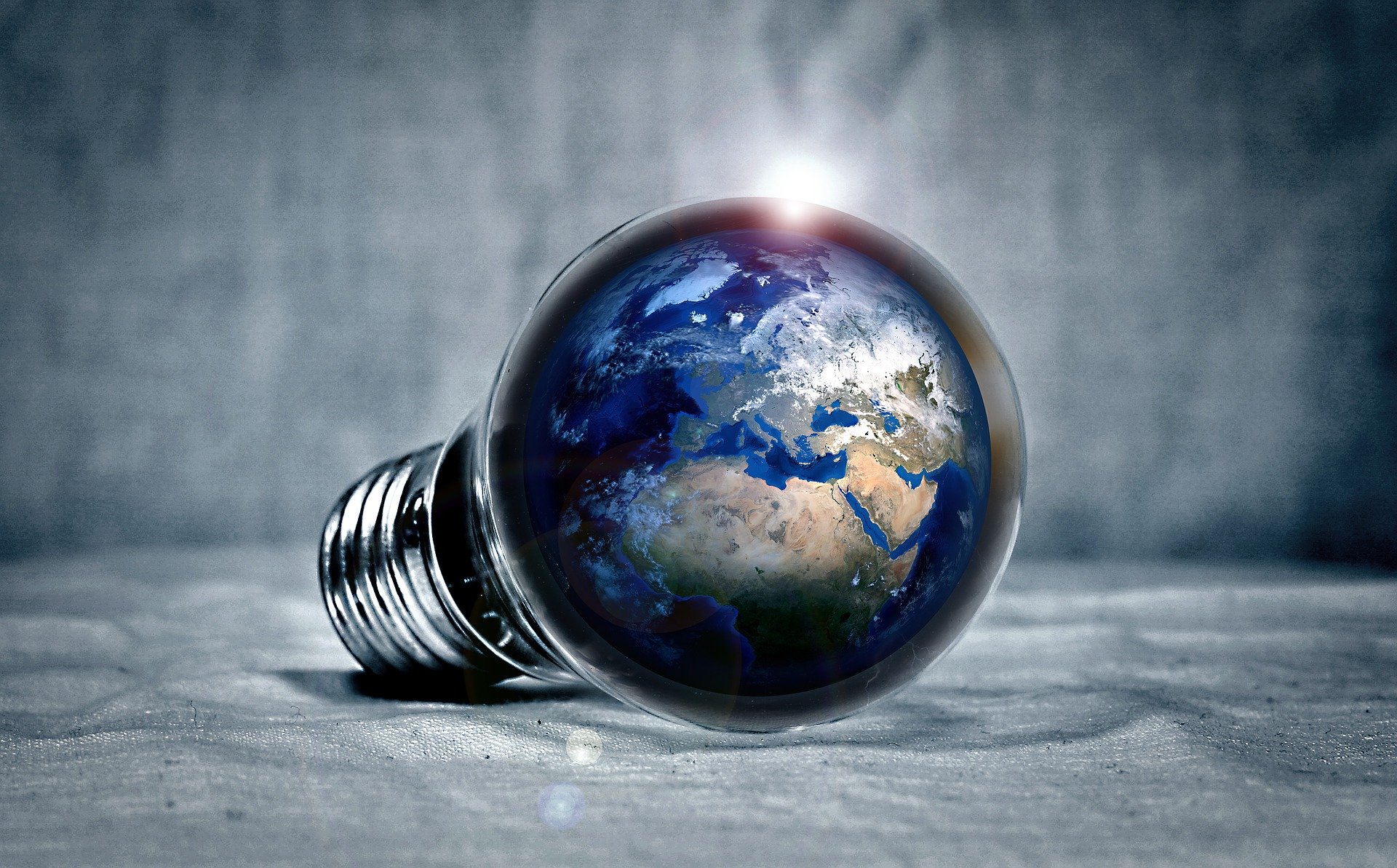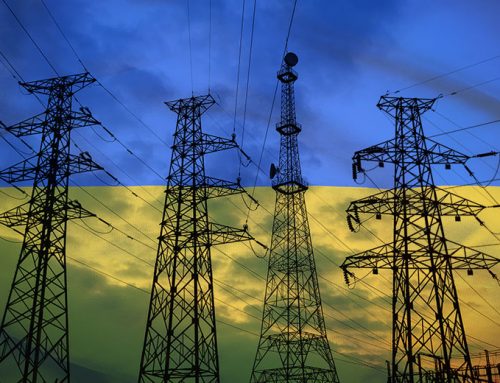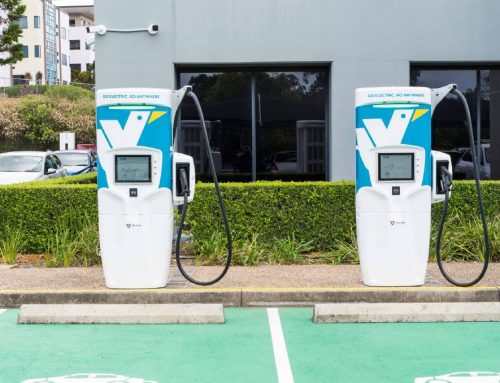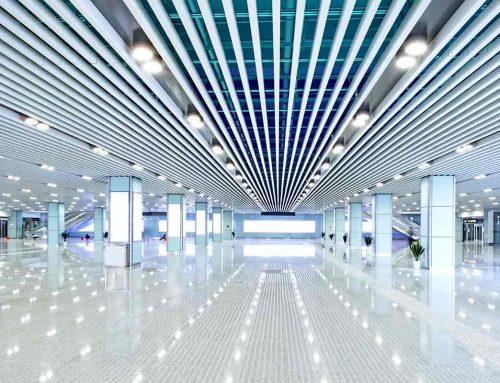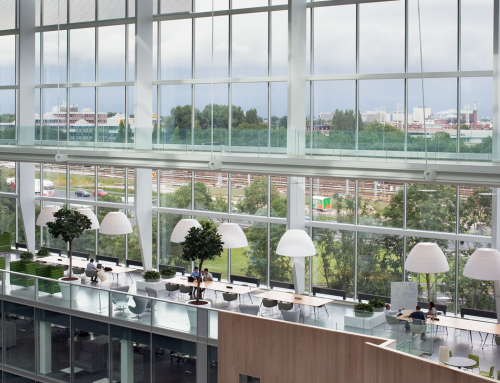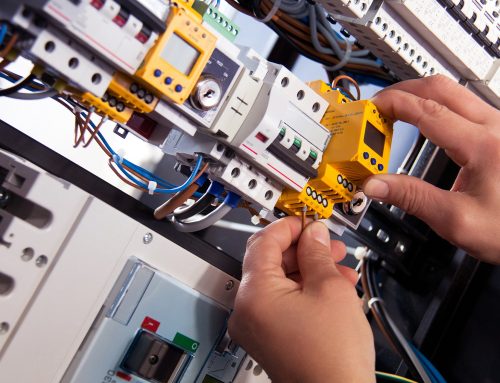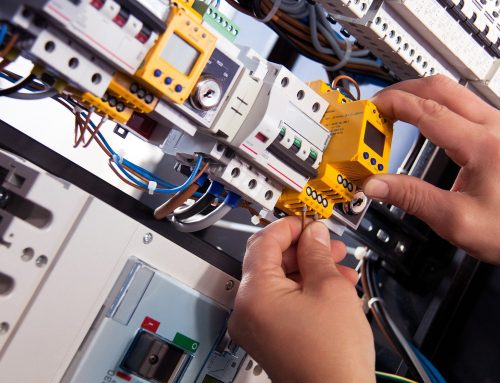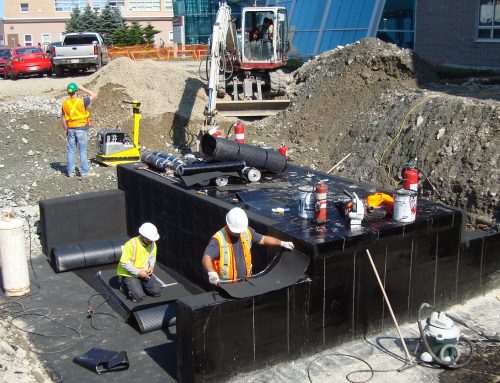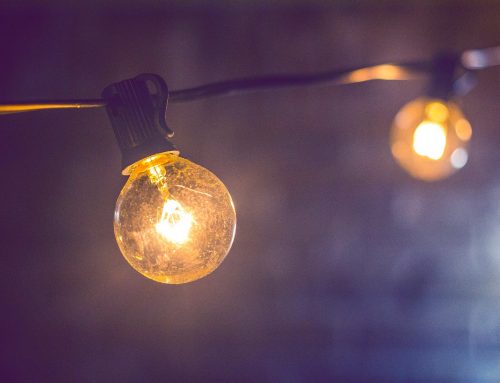Australia is facing a national crisis as bushfires continue to ravage through rural communities across NSW and Victoria. Since September last year, at least 27 people have died. More than 2,570 houses have been destroyed, and 6 people are confirmed missing.
New South Wales managed to avoid large-scale blackouts during great electricity demand and the sudden loss of power when bushfires disrupted transmission. During this condition, the risk of a power outage is greater and people should be prepared to manage blackouts. To ensure bushfire electricity supply every resident should reduce unnecessary electricity usage because every megawatt counted. Here are the best ways to help:
- Produce your energy
Produce your own energy through photovoltaic solar panels on your rooves. Go with the trend, solar is booming in Australia and you could save dollars by going solar. The average price of solar panels is much lower than the average price of electricity on the grid.
- Use energy-efficient lighting
Incandescent or halogen light bulbs consume more energy than LED bulbs because they use 75% less energy and last 25 times longer than incandescent bulbs. It also produces a better quality of light. If you’re already using LED lights, get a dimmer switch to reduce wattage. Use task lighting, a desk lamp for reading and counter lighting in the kitchen. If it’s a sunny day, close the lights and open the curtains to illuminate the house. It’s 20 to 100 times better than lights.
- Check your thermostat
An improperly functioning or poorly programmed thermostat consume large energy. If you have a central heating system, during summer set your thermostat to 25 or 26 degrees. Every degree below 25 can add about 10% to your bill. During winter, set your thermostat between 18 and 20 degrees. Every degree above 20 can add 10% to your electricity bill. You can also consider changing your old thermostat because they are not precise. Try switching to modern fully programmable thermostats to reduce electricity consumption by 10%.
- Be practical with your laundry
Hot water consumes large energy, try to use a cold wash setting for your laundry if possible. Always set your washing machine to the correct load size. Run your machine and dryer on full load. Use your dryer when clothes are wrung well first. Use a clothesline instead of a dryer as possible. Keep your dryer in tip-top shape by cleaning the lint trap every time you use it. This helps it run more efficiently. Efficiency saves more energy and ensures bushfire electricity supply.
- Switch off your appliances at the wall
Standby appliances such as TVs, DVD players, stereos, game consoles, and even phone chargers consume energy when they are not being used. When not in use, switch off your appliances at the wall. Turn off your appliances and devices completely before you go to bed. You can also buy a smart power board to stop standby electricity for you.
- Insulate your home
Insulation is a cost-effective way to improve your energy efficiency because it helps reduce your heating and cooling costs. Insulation can save homes up to 45% of electricity costs. Insulation keeps your house cool in the summer and warm in the winter. You don’t need to use your AC or central heating to keep the house comfortable.
- Step up your dishwasher
Use energy star qualified dishwasher to save up to 5000 gallons of water a year. Load your dishwasher correctly, so that you’ll get your dishes clean the first time. The next step is to air dry your dishes. Avoid using the heat dry cycle instead open the door and let your dishes dry. The heat dry cycle is energy taxing. Allow your dishes to dry naturally, it is more energy-efficient.
- Save energy in the kitchen
Reduce your electricity use in the kitchen. Microwaves, pressure cooker or electric frypan use less energy than a traditional electric oven. When using an oven, avoid continuously opening the door. Check your fridge, make sure that the seal is airtight. A leaky seal lets cold air escape and increase your energy usage. Set the fridge temperature between 4 to 5 degrees and the freezer should be between minus 15 to minus 18 degrees for optimal performance. Thaw food in the fridge to reduce cooking time.
- Check appliance settings
Adjusting the setting on certain appliances can reduce your electricity consumption. Check if the fridge is running too cold and the TV and computer aren’t too bright. Make sure to use the eco settings on the washing machine, clothes dryer, dishwasher, and air conditioners whenever possible.
- Close doors and curtains
When running your air conditioner, make sure the windows, doors, and curtains are closed. Also, block draughts around the house to trap air inside. The harder your AC works, the more energy it uses. During summer keep your curtains closed throughout the day to keep your house cool. During winter, make sure all the windows are sealed properly to keep the heat in.
Use these 10 electricity-saving tips to reduce your electricity consumption. Reducing our electricity use will help ensure that there’s enough electricity supply in the bushfire-ravaged areas.

